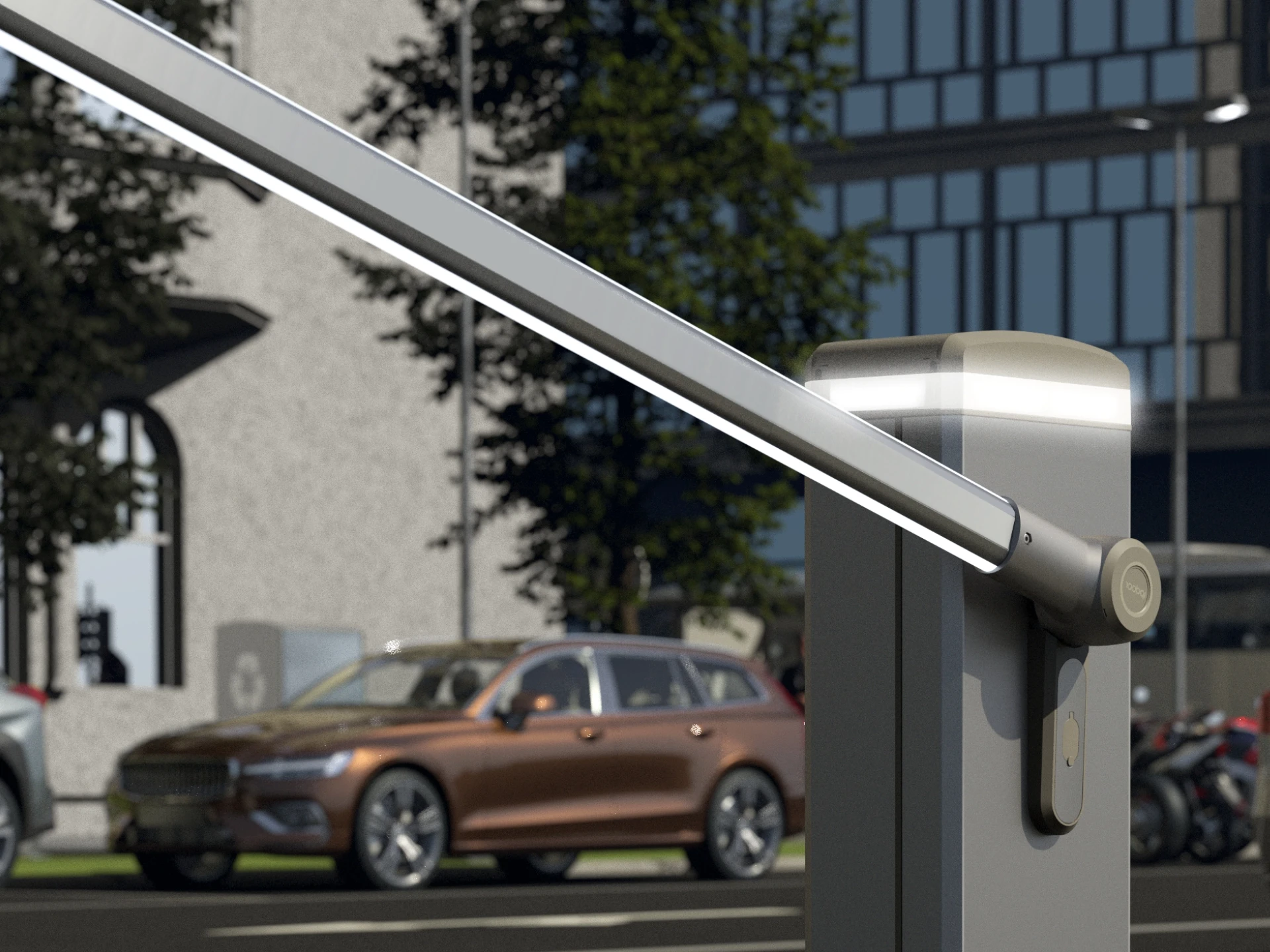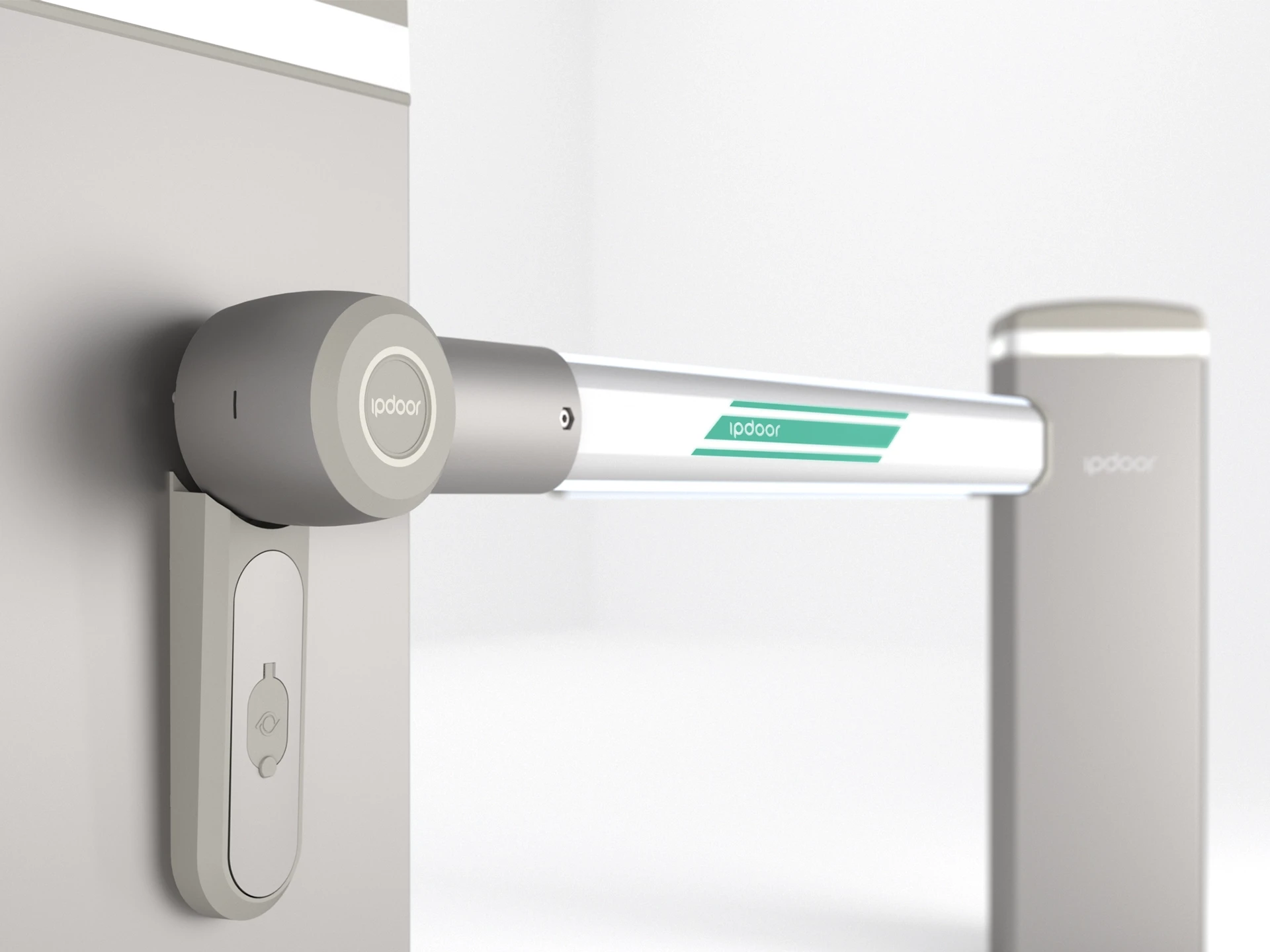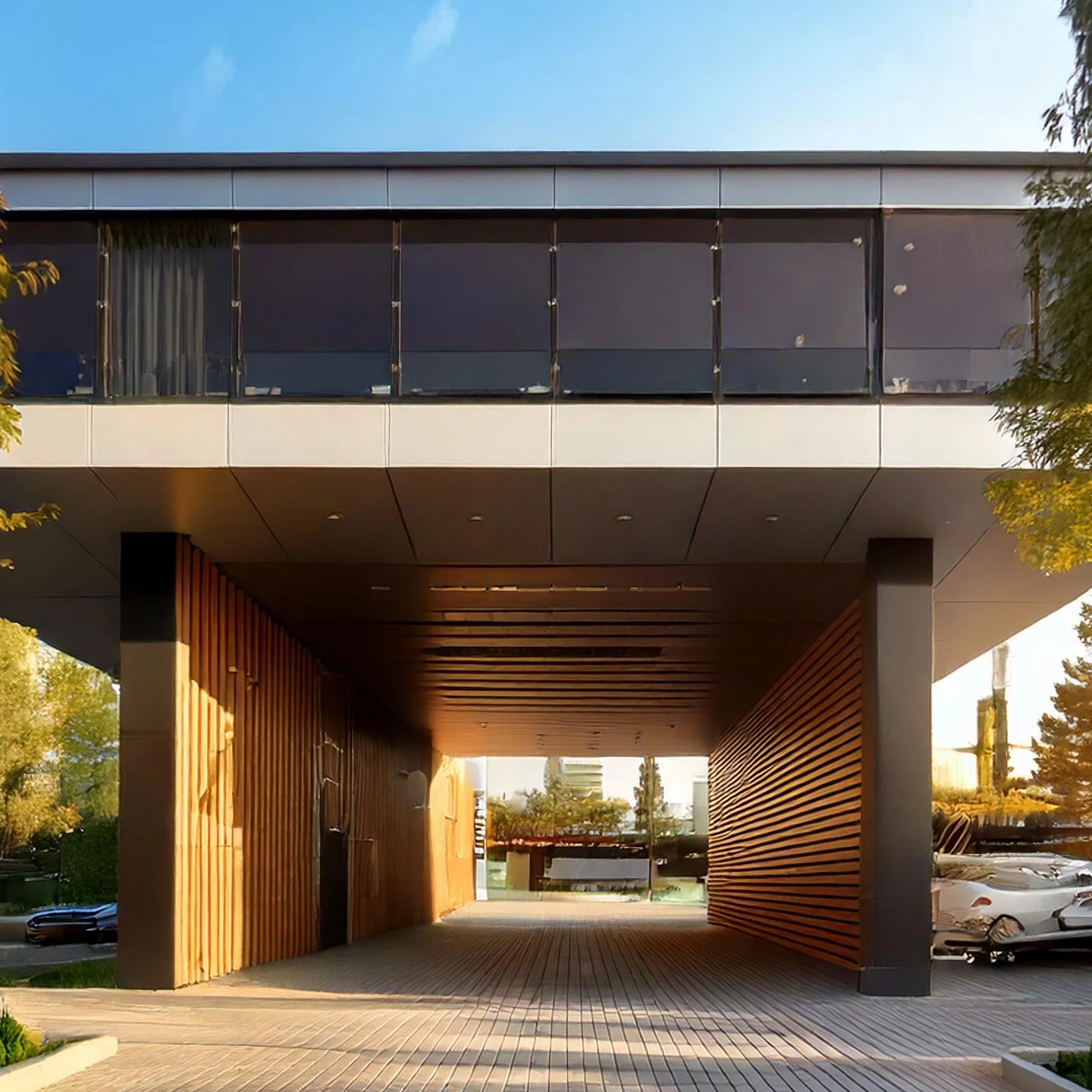Home automation is becoming increasingly sophisticated, and one of its key aspects is the integration of access control systems with other smart devices. Both residential and commercial environments can greatly benefit from this integration, which unifies the control of security, comfort, and automation on a single platform. Let’s explore how access control systems can be integrated with home automation to create safer, more efficient, and intuitive environments.
A Complete Home Automation Ecosystem for Access Management
The integration of access control systems with smart devices allows for the creation of a comprehensive ecosystem where every element works in synergy. For example, opening a door or activating a barrier can be programmed to trigger other automated events, such as turning on lights, adjusting the temperature, or activating surveillance cameras. This kind of automation creates optimized scenarios for user comfort and security, adapting the home or office to their specific needs.
A concrete example of integration is linking the access control system to lighting systems. When a user enters their home or a corporate area, the lights can automatically turn on, avoiding the need to fumble for a switch in the dark. Similarly, in corporate environments, scenarios can be set so that, at the end of the workday, activating the security system will automatically turn off the lights and close the blinds, contributing to energy savings.
Enhanced Security Through Integration
One of the greatest advantages of integrating access control systems with home automation is improved security. Modern access control systems can be combined with surveillance cameras and motion sensors to provide constant and personalized monitoring. If unauthorized access is detected, the system can immediately send an alert to the owner’s smartphone and activate cameras to record the situation.
Integration with surveillance systems also allows real-time visualization of who is trying to access the property, enabling precise control and the ability to make immediate decisions. For instance, an integrated system could automatically lock doors and activate external cameras in case of an after-hours access attempt. These automations not only make the environment safer but also reduce the need for manual interventions, optimizing security management.
Integration with Voice Assistants for Intuitive Management
Voice assistants have become a fundamental part of home automation, and integrating access control systems with these devices makes management even simpler and more intuitive. Thanks to this integration, access points can be controlled simply by using voice commands. For example, you can ask your voice assistant to open the gate as you’re approaching your home or to check if all the doors are locked before going to bed.
This functionality is particularly useful for enhancing accessibility and comfort, especially for individuals with mobility issues. Voice commands allow full control over home security without the need for a remote or app, providing an effective solution for those looking to simplify access management and enhance security.
Automation and Energy Savings
The integration of access control systems with home automation is a fundamental step toward creating a fully smart home or office. It’s not just about improving security and access management but also about creating environments that genuinely adapt to the needs of their occupants. The ability to control every aspect of automation from a single platform, even using voice commands, makes the user experience smoother and more intuitive.
In business settings, this type of integration can be particularly advantageous, as scenarios can be programmed to deactivate non-essential devices and optimize energy consumption based on work hours. This not only contributes to significant reductions in energy expenses but also enhances the building’s environmental impact, making it more sustainable.
Towards an Increasingly Smart Home
The integration of access control systems with home automation is a fundamental step toward creating a fully smart home or office. It’s not just about improving security and access management but also about creating environments that genuinely adapt to the needs of their occupants. The ability to control every aspect of automation from a single platform, even using voice commands, makes the user experience smoother and more intuitive.
In conclusion, integrating access control and home automation offers significant benefits in terms of both security and efficiency. If you want to discover how to make your space safer, more efficient, and smarter, explore the available automation solutions and choose the one that best suits your needs. The future of automation is already here, and integration is the key to unlocking its full potential.
You might also be interested in these articles:
Share the article:





